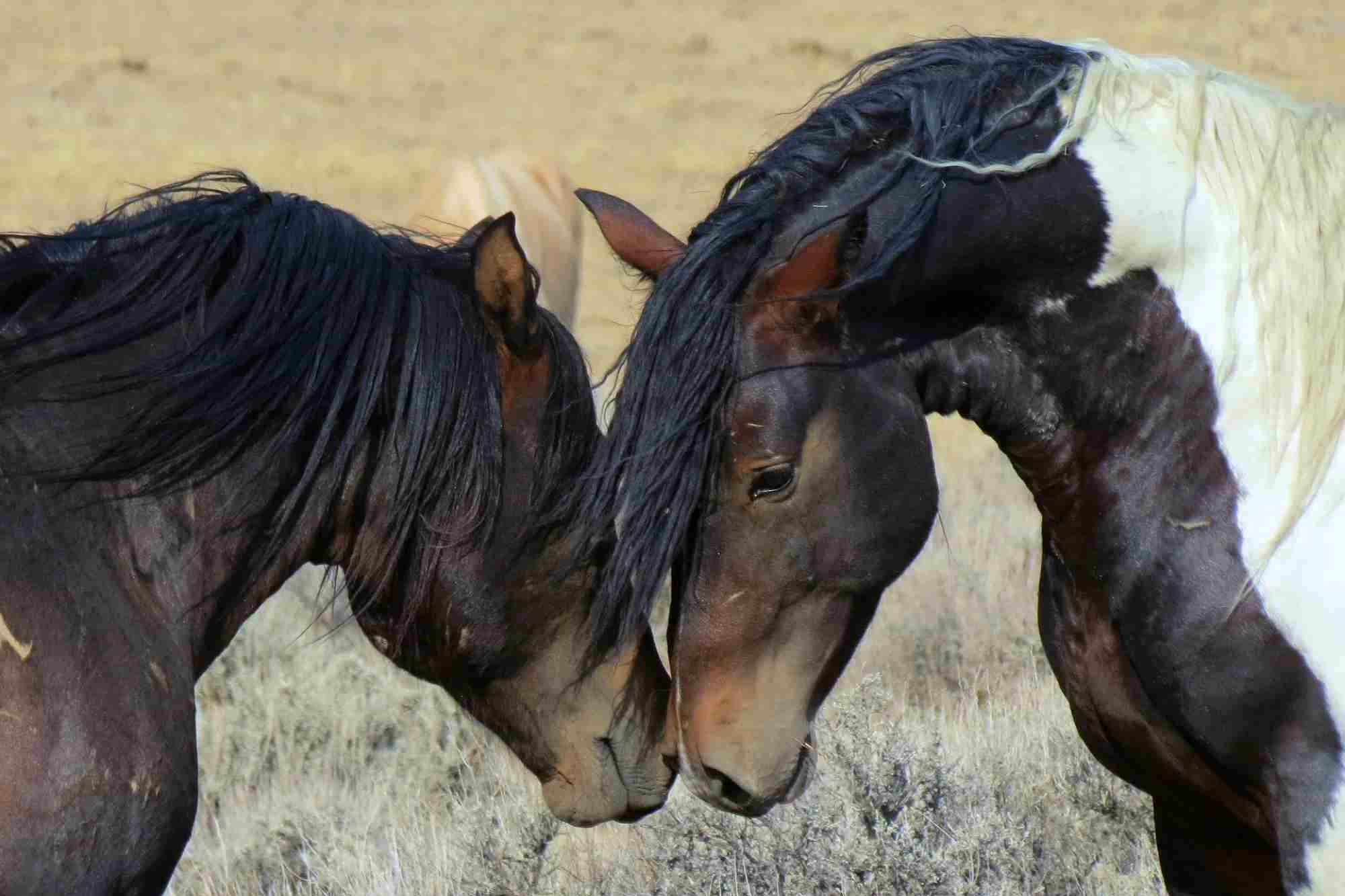Walton Ford is well-known for his centuries-long study of outstanding natural history works that influenced and molded his unique paintings. Ford’s artwork integrates extensive research with contemporary pop culture, esoteric myths and fables, and fictionalized portrayals of real and imaginary monsters. Here, we explore the influence of natural history on famous Walton Ford art pieces:
Table of Contents
The Beast of Gévaudan
Inspired by The Beast of Gevaudan, Ford made an illustration for Musee de la Chasse in Paris in the year 2015. The beast was an intriguing creature resembling a wolf that brutally ripped out the necks of many people to eliminate them. It was challenging to trap the animal. Even the people with rifles were unable to stop the killings and calm the populace.
The Calafia Series
Walton Ford’s art-based series Calafia which combines mythology, folklore, as well as mythology to portray California and the state of California, was first shown in Gagosian at Beverly Hills in 2017. Giant flying griffins inhabited an imaginary island, in Garci Rodriguez Montalvo’s novel Las Sergas de Esplandian (The Esplandian Adventures). A family of Amazons that was ruled by a queen of warriors called Calafia was a resident of the island. The Spanish later named the California region after this fictitious island.
Walton Ford art incorporates a variety of imaginary and real-life creatures into the Californian terrain, mirroring how fantasy permeates reality. The hybrid monster in Grifo de California appears in danger due to human encroachment as it sits in a clearing at the summit of a mountain. Walton Ford creates a “New World” griffin by fusing native species. These species include California condor’s talons, beak, and feathers, with a mountain lion’s lower body.
The King Kong Paintings
The 1933 movie “King Kong,” which was influenced by natural history, inspired the large Walton Ford art series. King Kong movie depicts an animal imprisoned in human society and demonstrates society’s fear of anything wild. Ford created five movie screen-sized images of King Kong, each representing one of the five phases of grieving.
The Graf Zeppelin
Another of Walton Ford’s art, the Graf Zeppelin, shows the gorilla Susie traveling to the United States in a first-class compartment on a zeppelin. The irony is that Susie is seated in first class, although her voyage was everything but first class. She was separated from her loved ones in the African bush and had to interact with people.
The Indian Elephant
A life-size painting of Nila, an Indian elephant, is another of Ford’s well-known pieces that draws inspiration from natural history. The painting consists of twenty-two panels, each of which might be a stand-alone piece. Finely drawn birds in every frame, most of which are unusual examples that are unlikely to be circling the East, adorn the enormous elephant.
Among the exotic birds in the aviary are a soaring blue jay, a snowy owl, starlings, swooping bats, and a parrot and shrike. Though his ivory tusks are short, Nila is a powerful creature that blends poetry and naturalistic accuracy. This painting is an analogy for the imperial system in the South East.
The Falling Bough And The Island
These two pieces by Ford illustrate a storyline he refers to as “blame the victim.” He depicts animals that are now extinct in ways that nearly make the audience happy that they are no longer there. Passenger pigeons are displayed in The Falling Bough, flying with a big tree limb in a hostile environment because of their vices.
“The Island” shows a multitude of Tasmanian wolves, or thylacines, attacking livestock. Hunting by new settlers in Tasmania contributed to the thylacine’s extinction. The artwork depicts them as ferocious, terrifying creatures that attack defenseless sheep.
Explore Natural History Through Walton Ford Art
Walton Ford’s art is a timeless display of natural history in intriguing ways. Explore more of his excellent pieces by visiting art galleries and exhibitions. Contact a renowned gallery for more information on Walton Ford’s art and other artists.
Please explore our site for more exciting content if you like this article.





